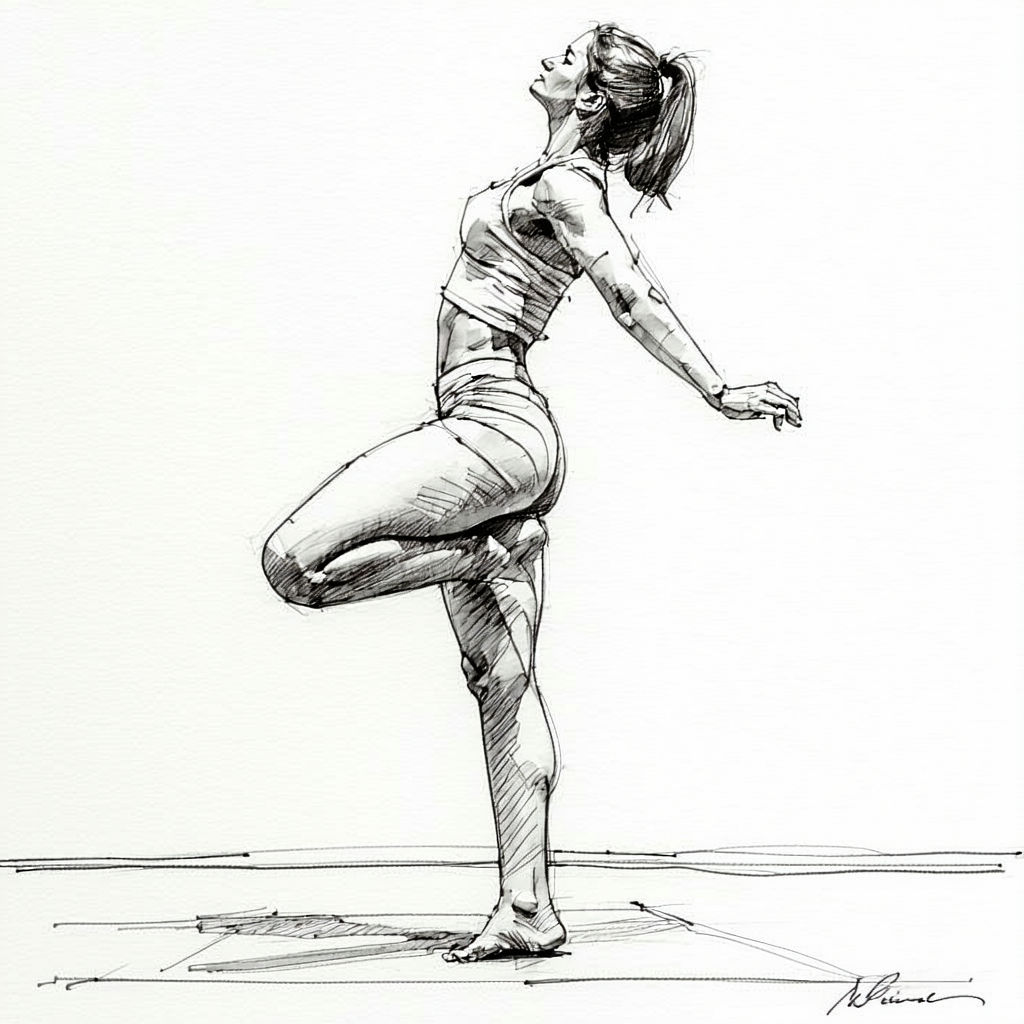Leg Raises: How Many Calories a Woman Burns in ! Hour

Table of Contents
- Introduction
- What are Leg Raises?
- Benefits of Leg Raises
- How Many Calories Do Leg Raises Burn?
- Factors Affecting Calorie Burn
- Conclusion
Did you know that a single hour of leg raises can torch enough calories to fuel your post-workout recovery snack?
Introduction
For many women, menopause brings about a range of physical changes that can impact their weight and overall health. One effective way to stay active and burn calories during this time is through exercises like leg raises. But have you ever wondered how many calories a woman can burn in just one hour of leg raises? In this article, we'll explore the answer to this question and provide insights into the benefits of incorporating leg raises into your fitness routine.
What are Leg Raises?
Leg raises are a type of exercise that targets the abdominal muscles, specifically the lower abs. They are often performed while lying on a flat surface, such as a mat or bench, and involve lifting the legs straight up towards the ceiling or at an angle. This movement engages the transverse abdominis muscle, which is responsible for stabilizing the pelvis and spine.

Leg raises can be modified to suit different fitness levels by changing the angle of the lift or adding weights to the legs. They are an effective way to strengthen the core muscles, improve posture, and enhance overall athletic performance.
Benefits of Leg Raises
Leg raises are an effective exercise for strengthening the core and leg muscles. They also offer several benefits that can enhance overall physical fitness and well-being.
Improved Core Strength
Leg raises primarily target the abdominal muscles, which are essential for maintaining good posture, balance, and stability. Stronger core muscles can also reduce the risk of back injuries and improve overall athletic performance.
Weight Loss
Leg raises can help burn calories and contribute to weight loss efforts. Although the exact number of calories burned varies depending on individual factors, such as weight and intensity, incorporating leg raises into a regular workout routine can lead to noticeable results over time.
Increased Flexibility
Regular leg raises can improve flexibility in the hip flexors and lower back muscles. This increased flexibility can reduce the risk of injury and improve overall range of motion.
How Many Calories Do Leg Raises Burn?
Leg raises are a popular exercise for strengthening the abdominal muscles and improving overall core stability. But have you ever wondered how many calories you burn while doing leg raises? The answer might surprise you.
Caloric Expenditure of Leg Raises
The number of calories burned during leg raises depends on several factors, including your weight, fitness level, and the intensity at which you perform the exercise. According to various studies, a 154-pound person can burn approximately 4-6 calories per minute while performing leg raises.
Here's a breakdown of the estimated caloric expenditure for leg raises at different intensities:
| Intensity | Calories Burned per Minute |
|---|---|
| Low | 4 calories |
| Moderate | 5 calories |
| High | 6 calories |
Total Calories Burned in 1 Hour
Assuming you perform leg raises at a moderate intensity for 1 hour, you can estimate the total calories burned using the following calculation:
Total Calories Burned = Calories Burned per Minute x Number of Minutes
In this case, the total calories burned would be:
Total Calories Burned = 5 calories/minute x 60 minutes = 300 calories

Keep in mind that this is an estimate, and actual caloric expenditure may vary depending on individual factors. Nonetheless, leg raises can be a great addition to your workout routine, helping you burn calories and strengthen your core muscles.
Factors Affecting Calorie Burn
Calorie burn during leg raises depends on several key factors. Body weight plays a pivotal role; individuals with higher body weight expend more energy to perform the same activity compared to those with lower weight. This is due to the increased effort required to move a heavier mass.
Another important factor is exercise intensity. Performing leg raises at a slower pace with better control engages muscles more effectively, which can increase calorie burn. Conversely, a faster pace may reduce the time muscles stay under tension, potentially lowering energy expenditure.
Muscle Engagement and Fitness Level
The level of muscle engagement also makes a difference. Incorporating proper form ensures that the targeted muscles—primarily the core and lower body—are activated, maximizing calorie burn. Additionally, a person's fitness level influences efficiency. Beginners may burn more calories initially as their bodies adapt to the activity, while experienced individuals may require variations or added resistance to achieve similar results.
Lastly, metabolic rate varies from person to person. Factors such as age, hormonal balance, and genetics can impact how efficiently calories are burned during any exercise.
For a broader perspective, watch this video comparing calorie-burning exercises:
Conclusion
Leg raises offer a simple yet effective way to engage core muscles and burn calories. While the exact number of calories burned varies based on factors like weight, intensity, and duration, this exercise consistently contributes to overall fitness. Incorporating leg raises into a routine can enhance core strength and endurance. Additionally, combining them with other exercises can further boost calorie expenditure. Ultimately, maintaining a balanced diet and diverse exercise regimen ensures optimal results. Prioritizing consistency and variety in workouts remains key to achieving fitness goals.